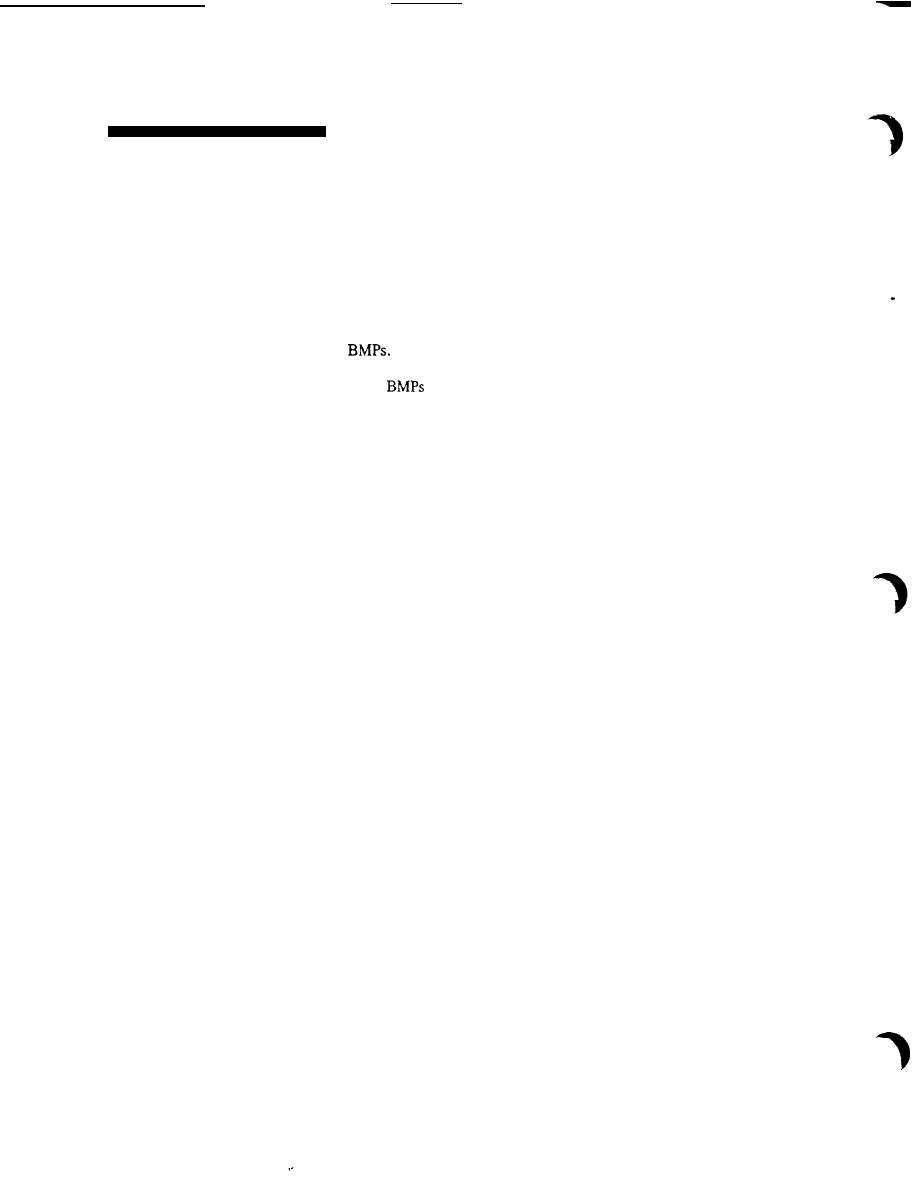
Monitoring Program Design
Matching the Land
The two data bases should be related temporally. Actual implementation of land
Treatment and Water
treatment needs to be recorded at least seasonally or annually. For some studies,
land treatment data should be collected more frequently if the effect on water
Quality Data on a
quality is more short-term (e.g., timing of manure or commercial fertilizer
Temporal Scale
applications, timing of construction of a new sediment control basin or lagoon
storage structure, or timing of a dairy closure).
Monitoring Explanatory
Accounting for all major sources of variability in the water quality and land
Variables
treatment data increases the ability to isolate true water quality trends due to
Correlation of water quality changes and land treatment changes, by itself,
is not sufficient to infer causal relationships. There may be other factors not related
to the
causing the changes in water quality, such as changes in land use,
rainfall patterns, etc. Factoring in explanatory variables yields water quality
values that are close to those that would have been measured had there been no
change in the climatic variables over time. In addition, the removal of variability
in waierquality due to known causes, decreases the error term in the trend analyses
and increases the precision of the statistical trend analyses.
All sources of variability in the land treatment and water quality data should be
taken into account. Explanatory variables might include changes in animal
numbers, changes in cropping patterns, other land use changes, season, stream
discharge, precipitation, ground water table depth, changes in known pollutant
sources, and impervious land surface. Seasonal effects may be very large due to
seasonal land use changes and climatic changes.
4.17




 Previous Page
Previous Page
